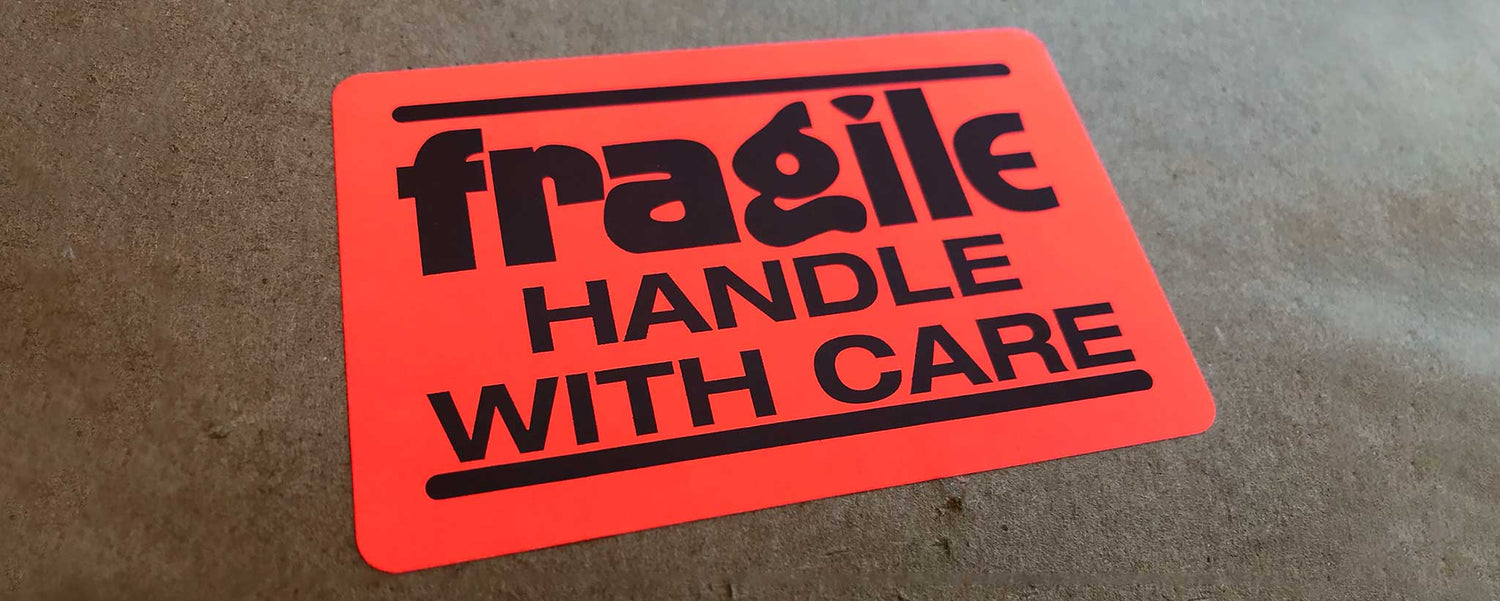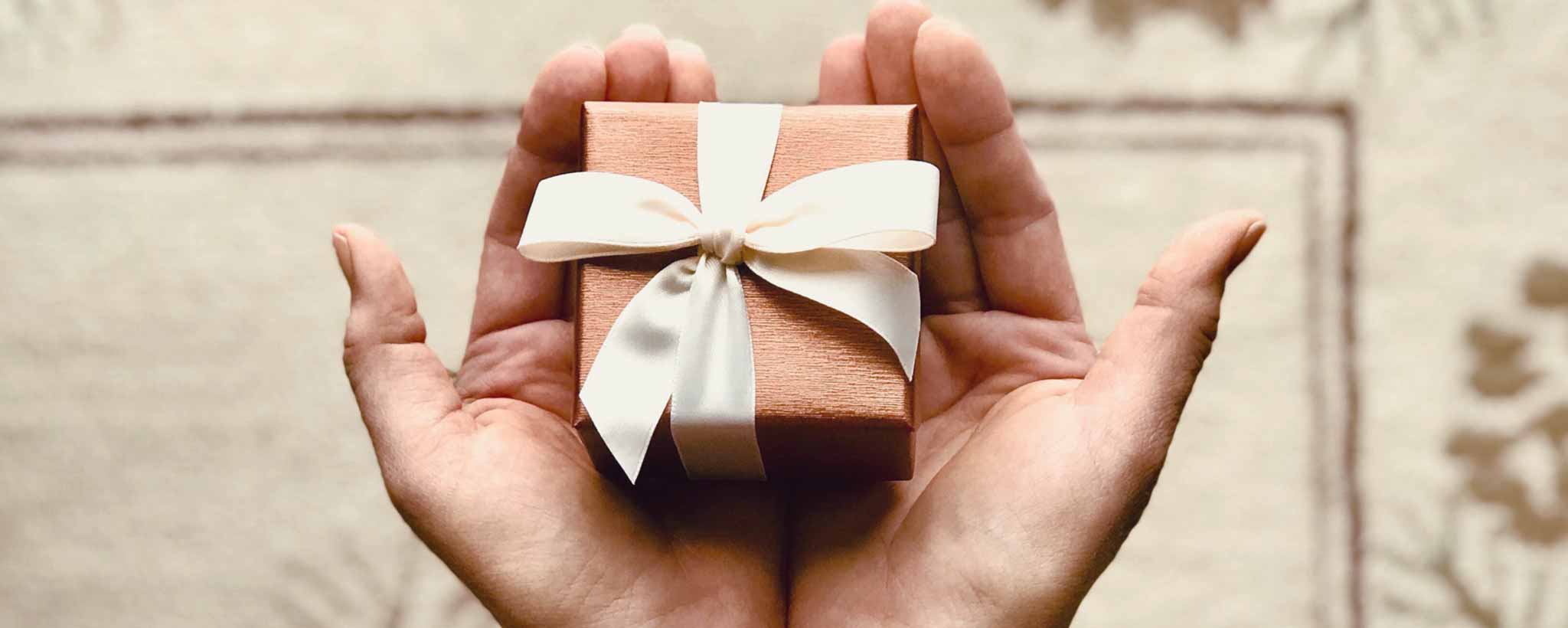With the volume and automation, individual pieces are not singled out by carriers for special handling during transit.
You are not alone in thinking that adding a “fragile” sticker to a package alerts the carrier to handle it more carefully. It does not. One postal clerk said, “All packages are fragile.” In other words, nobody wants their package contents damaged. With automation, individual pieces are not singled out for special handling during transit.
While standing in line at a UPS Store, a UPS driver was observed grasping stacks of packages and hurling them as far back into the truck as he could. With social distancing, most drivers have no partner. This one was not planning to repeatedly step up into the truck and carefully set boxes down. He did what was necessary to preserve time and his back. It is not just UPS; post office clerks may sometimes toss boxes into a bin several feet behind them.
Pack It Right or Pack It Over
The onus of safe delivery mostly rests with the shipper during packing. Pack the contents with the expectation that the parcel will be thrown across the room. Prep it with the assumption that it can rest on the bottom of a truck with other boxes stacked on top of it. Next, weigh the amount of risk you can afford when purchasing insurance. Answer: How many times do you want to have to ship the contents to the same recipient?
For square objects like picture frames, use corner protectors for added protection. Manufacturers of electronics often fabricate styrofoam molds to safely hold contents. Blister pack products can also provide a barrier for products.
Small merchants or those who must customize packaging to different-sized products may opt for more flexible padding. Air-filled bags are not as messy as packing peanuts. Crushed newspaper or extra strips of cardboard can be useful. Consider recyclable materials.

Do the contents slide back in forth if the box is shaken? Will the item crush if someone steps on the package? Is opening the box with a box cutter likely to damage the product? Make certain that the contents are secure within the box—perhaps by taping it down. You may need to double-box or purchase boxes with a crush resistance in excess of 200 pounds.
Despite best efforts, some carriers find ways to damage packages. Recently, I saw a large 3-foot by 4-foot box resting on top of a cart full of Priority Mail packages. Some boxes fall off trucks, get run over, and some personnel walk on them.
It is a balancing act. Weight and material costs increase as you add more protection for shipping. Remember, customers judge your product based on the condition in which it arrives, not the condition when shipped. ClinicalPosters packs products very well—better than most in the industry. Triangular tubes are reinforced, and there is a flat box option on each anatomy poster page. Nevertheless, most packages are insured for value.





